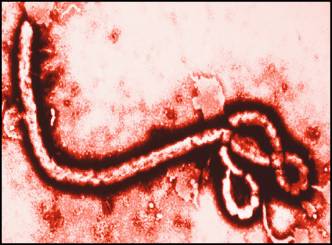
Making healthier choices at fast food restaurants is easier if you prepare ahead by checking guides that show you the nutritional content of meal choices at your favorite restaurants. Free downloadable guides help you evaluate your options. If you have a special dietary concern, such as diabetes, heart health or weight loss, the websites of national non-profits provide useful advice. You can also choose to patronize restaurants that focus on natural, high quality food.
If you don't prepare ahead of time, common sense guidelines help to make your meal healthier. For example, a seemingly healthy salad can be a diet minefield when smothered in high-fat dressing and fried toppings, so choose a salad with fresh veggies, grilled toppings, and a lighter dressing. Portion control is also important, as many fast food restaurants serve enough food for several meals in the guise of a single serving.
Tips for making healthy choices at fast food restaurants
Make careful menu selections – pay attention to the descriptions on the menu. Dishes labeled deep-fried, pan-fried, basted, batter-dipped, breaded, creamy, crispy, scalloped, Alfredo, au gratin, or in cream sauce are usually high in calories, unhealthy fats, or sodium. Order items with more vegetables and choose leaner meats.
Drink water with your meal. Soda is a huge source of hidden calories. One 32-oz Big Gulp of regular cola packs about 425 calories, which can quickly gulp up a big portion of your daily calorie intake. Try adding a little lemon to your water or ordering unsweetened iced tea.
"Undress" your food. When choosing items, be aware of calorie- and fat-packed salad dressings, spreads, cheese, sour cream, etc. For example, ask for a grilled chicken sandwich without the mayonnaise. You can ask for a packet of ketchup or mustard and add it yourself, controlling how much you put on your sandwich.
Special order. Many menu items would be healthy if it weren't for the way they were prepared. Ask for your vegetables and main dishes to be served without the sauces. Ask for olive oil and vinegar for your salads or order the dressing "on the side" and spoon only a small amount on at a time. If your food is fried or cooked in oil or butter, ask to have it broiled or steamed.
Eat mindfully. Pay attention to what you eat and savor each bite. Chew your food more thoroughly and avoid eating on the run. Being mindful also means stopping before you are full. It takes time for your body to register that you have eaten. Mindful eating relaxes you, so you digest better, and makes you feel more satisfied.
Tips for what to AVOID at fast food restaurants
Supersized portions. An average fast food meal can run to 1000 calories or more, so choose a smaller portion size, order a side salad instead of fries, and don't supersize anything. At a typical restaurant, a single serving provides enough for two meals. Take half home or divide the portion with a dining partner.
Salt. Fast food restaurant food tends to be very high in sodium, a major contributor to high blood pressure. Don't add insult to injury by adding more salt.
Bacon. It's always tempting to add bacon to sandwiches and salads for extra flavor, but bacon has very few nutrients and is high in fat and calories. Instead, try ordering extra pickles, onions, lettuce, tomatoes, or mustard to add flavor without the fat.
Buffets – even seemingly healthy ones like salad bars. You'll likely overeat to get your money's worth. If you do choose buffet dining, opt for fresh fruits, salads with olive oil & vinegar or low-fat dressings, broiled entrees, and steamed vegetables. Resist the temptation to go for seconds, or wait at least 20 minutes after eating to make sure you're really still hungry before going back for more.

























